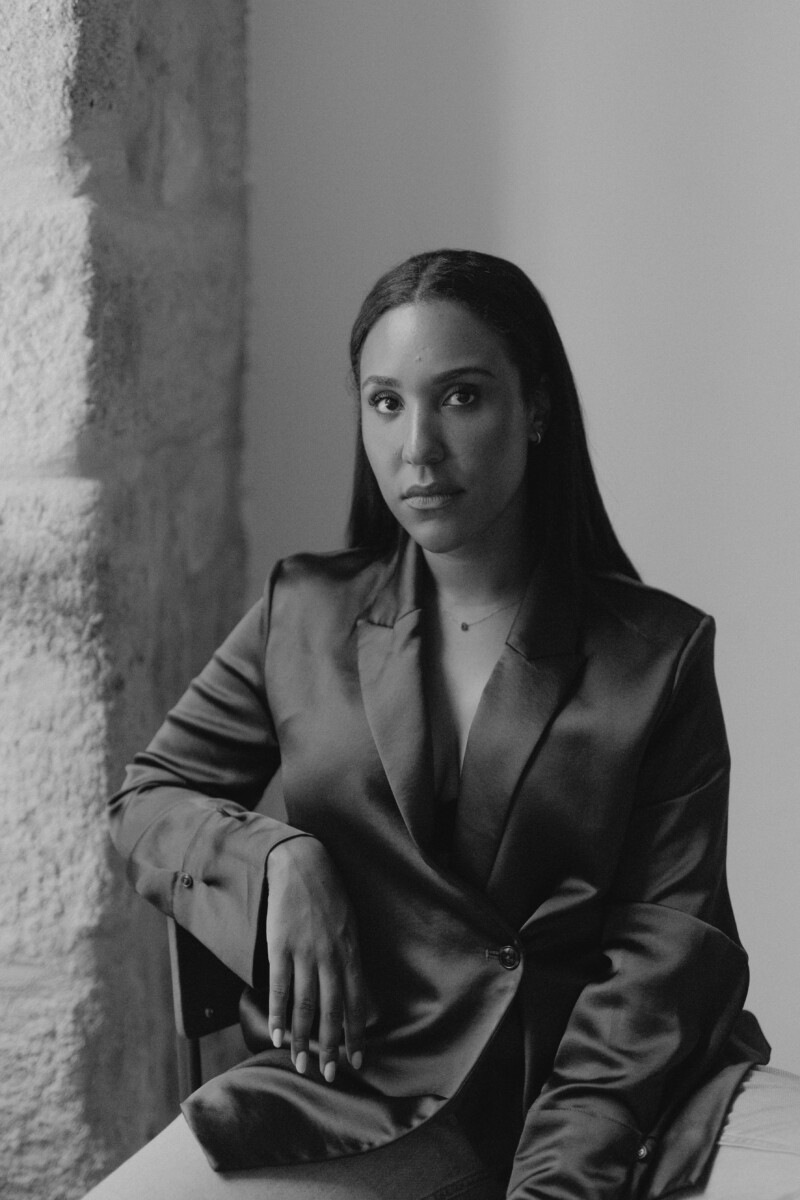By Barbara Neto, Founder & CEO of Curiouz.
Luxury with a Past: The Shift Towards Meaningful Interiors
For London’s most discerning clientele, luxury is no longer solely about the newest or most exclusive. It is about meaning, provenance, and a connection to something deeper. Increasingly, high-end homeowners and designers are turning towards vintage furniture but not just for nostalgic appeal. The value of standard antique furniture has dropped but rare and fashionable pieces, especially from the mid-20th century, remain highly sought after, indicating a shift towards quality and uniqueness over mere age or novelty.
This growing preference for pieces with distinctive character and individuality marks a significant shift in interior design values. Story-driven spaces are replacing cookie-cutter showrooms, and London, with its rich history and forward-thinking ethos, is at the forefront of this transformation.
The Cultural and Environmental Drivers Behind Vintage’s Rise
The appeal of vintage is multifaceted. Socially, there is a noticeable move towards individualism. In as a world saturated by the monotony of mainstream design, people crave homes that authentically reflect their unique identity: their lives, travels, tastes and interests. Every carefully preserved scratch, unique patina, and intricate design detail hints at a history that simply cannot be mass-produced or replicated.
Indeed, there is also a growing social currency in originality. Among London’s style-conscious elite, owning mass-produced items, no matter how expensive, can feel uninspired. Being part of the ‘in’ club is no longer defined by having the same as everyone else, but by having something different. Owning the same light fixture or dining table is now akin to accidentally matching outfits. Buying vintage is a surefire way to avoid this as pieces are guaranteed to be unique and London’s elite are catching on.
Beyond aesthetics and social faux pas, vintage offers sustainable value: extending the life of a piece of furniture by just five years can reduce its carbon footprint by up to 40% (Green Alliance, 2024). With 32% of market growth driven by eco products, buyers are increasingly demonstrating ecological awareness and democratising their consumption by choosing to spend sustainably. In this context, sourcing vintage is a forward-thinking act that rejects mass production, preserves craftsmanship, and supports a circular economy, all while delivering interiors with un-replicable charm.
At Curiouz, we see this play out every day. Whether it is a 1970s De Sede sofa or a hand-crafted Danish sideboard from the mid-century era, the pieces that resonate most are those with character and context. It is no surprise that in 2024, 81% of interior designers sourced vintage furniture from the 1920s–1990s (Chairish Trade Report), and 28% predicted Art Deco and Bauhaus styles will define 2025 trends.
Top Tips for Embracing Vintage in High-End Design
1. Start with one standout piece
A bold armchair, an antique console, or a mid-century light fixture can be a striking focal point. Let the vintage piece set the tone, then build around it with complementary textures and materials.
2. Do your research
Understand the origin and era of the pieces you are buying. This not only informs styling decisions but adds emotional depth and conversational value to your home.
3. Mix eras for depth
Avoid overly thematic rooms by blending vintage with contemporary pieces. The contrast creates visual interest and prevents your space from looking like a time capsule.
4. Inspect for quality
Vintage does not always mean pristine, but structural integrity is key. Solid wood, hand-stitched upholstery, or original hardware are signs of enduring quality.
5. Ask about provenance
Provenance is not just about authenticity; it adds storytelling value. Understanding who made a piece, where, and how, increases both its cultural and design significance.
Navigating the Vintage Market: Challenges and Opportunities
Finding the perfect vintage piece can often be more challenging than buying new. Provenance, condition, and authenticity are important but require a keen eye and considerable expertise. While local markets and fairs offer a unique charm, they do not always provide complete peace of mind, particularly when sourcing rare or high-value items.
However, the market is evolving. Professional sourcing services, dedicated vintage specialists, and technology-driven platforms, are making the process more accessible and secure. Look for options that provide vetted pieces, verified histories, and transparent condition reports to ensure what you are buying is a credible and sound investment.
The Future of Luxury Design
Vintage is no longer a niche and will continue to play an even bigger role in shaping the luxury landscape. From the elegant townhouses of Chelsea to the artistic villas of Hampstead, vintage pieces are shaping interiors that feel both timeless and profoundly personal.
As luxury increasingly becomes defined by sustainability, story, and soul, vintage furniture is a return to the values that have always defined great design.
About the expert
Barbara Neto is the founder and CEO of Curiouz, a tech-powered platform transforming how the design world sources and connects with vintage furniture. With over a decade of experience in the interiors and furniture industry, Barbara built her career at the intersection of design, sustainability, and storytelling.

After founding her own successful interior design studio, she identified major inefficiencies in the sourcing process – from fragmented supply chains to a lack of transparency and trust in the vintage market. Curiouz was born from this insight: a curated, intelligent platform that merges technology with taste, offering professionals a better way to discover, authenticate, and transport timeless pieces.
A passionate advocate for the circular economy and conscious design, Barbara is now leading a new movement that makes vintage not only aspirational but scalable. She is based between Porto, London, and Dubai, and is building Curiouz as a global brand for a new generation of buyers.


